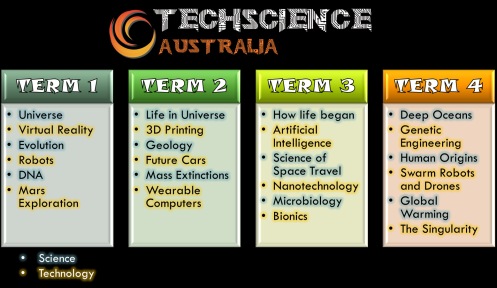SERIOUSLY?
“My kids won’t need a drivers license!” That’s the thought that occurred to me when my 9 y.o. son asked me whether he could have our new car when he gets old enough to drive. Really? Will self-driving cars get here so quickly? Should we seriously expect that self-driving cars will be the norm by the early 2020s’? In order to find out the answer, let’s first look at what have we already achieved and how did we get to this point. This blog post is the first in a 2-post series regarding the self-driving car. In the next post I’ll explore the positive and negative implications of self-driving car and try to decide whether in the early 2020s’ we’ll all be riding to work with a self-driving car.
THE HISTORY OF THE FUTURE CAR
DARPA (US Defense Advanced Research Projects Agency) had been responsible for many technological inventions that made an enormous impact on modern society – Speech Recognition, GPS, Video Conferencing and even The Internet. In 2004 DARPA held the first DARPA Grand Challenge – a desert race for self-driving cars where the winner would get US$1,000,000. I wrote about it back then in my old blog and I have to admit that it sounded like absolute Science-Fiction at the time. Not surprisingly, on the day of the race, most cars couldn’t even cross a single kilometer and no car managed to complete the race. The winning team completed only 11.5 KM out of the 241 km track. No car was worthy of the prize, so they decided to move it to the following year and the teams went back to the drawing board… Despite the defeat in the previous year, the 2005 DARPA Challenge posed a more challenging race with a complicated and difficult track. 22 out of 23 groups passed the 12 km mark and 5 teams finished the entire 212 km track. This time the winner was a group from Stanford University who collected the $1M cheque. For the final DARPA challenge in 2007, a complex urban environment simulating a real life suburb along with traffic lights, dogs jumping into the street and road works. Stanford won again and collected $2M while Carnegie Mellon wasn’t far behind and won $1M for the second place. After just 3 short years of development, self-driving cars were here!
THEN CAME GOOGLE
After the DARPA challenges were completed, Google grabbed some of the key people from both winning teams and started working on their own self-driving (autonomous) car. One of the leaders in this field is Sebastian Thrun, a brilliant professor in Stanford who is leading the Google driver-less car. His TED talk back in 2011 was a milestone in the public understanding of self-dricing cars.
Google have since gone where no man (or Robot) has gone before – driving on real roads around the US – highways, bustling cities, suburbs and remote rural locations, day and night and in any weather. Today Google’s driver-less cars have long past the million kilometers of driving without a single accident (Over the years there were 2 minor incidents, both caused by humans and not because of the car or its autonomous ‘brain’). To get a technical glimpse on how it all works, check out these two following videos: On May 2014 Google unveiled its first prototype self-driving car that was designed completely from the ground up. The potential is huge – Google aims to take over automobile industry and the public transportation market providing a real affordable alternative to private car commute as well as direct competition for taxis, buses and trains. But Google isn’t alone…
THE GIANTS STEP IN
Google’s advancement did not go unnoticed. The automotive giants won’t let anyone steel their market, at least not without a fight. Today all large car manufacturers are working on future self-driving cars. Everyone. This includes Ford, Toyota, Mercedes-Benz, BMW, GM, Peugeot, Nissan, Citroen and others. For example take a look at one of the latest self-driving concept car that comes form Mercedes. The following video looks like a it was made solely by digital animation, but that car did a an actual driver-less entry to the recent CES 2015 show. It’s pretty impressive: Another interesting Mercedes concept is the self-driving truck (unimaginatively) called ‘Future Truck 2025’: Interestingly the race to the self-driving car is not left only to the automotive giants. The artificial Intelligence required for the self-driving car is attracting some technology companies to join the race. We’ve already mentioned Google, but other IT companies such as Intel, Uber and maybe even Apple are working on their own models. The next few years are going to be very exciting. Just a few days ago a relatively unknown self-driving car company called Delphi completed the first US coast-to-coast self-driving trip going from San Francisco to New York. Delphi designed the self-driving system, not the car (they installed it in an Audi) and used it to drive autonomously only on the highways which caters for around 99% of their trip. Alex Davies from Wired magazine makes an interesting claim in his recent review of this journey – Probably the most remarkable feat of this journey was that it was quite unremarkable. So many other companies could have accomplished it which signifies just how far the self-driving car technology has advanced.
**********************************************************************************
***End of part one*** In the next post we’ll discuss the potential implications and time frames for this new technology. When do you think we’ll see driver-less cars on the roads as the main means of transportation? I’d be happy to hear your thoughts in the comments below.







Recent Comments